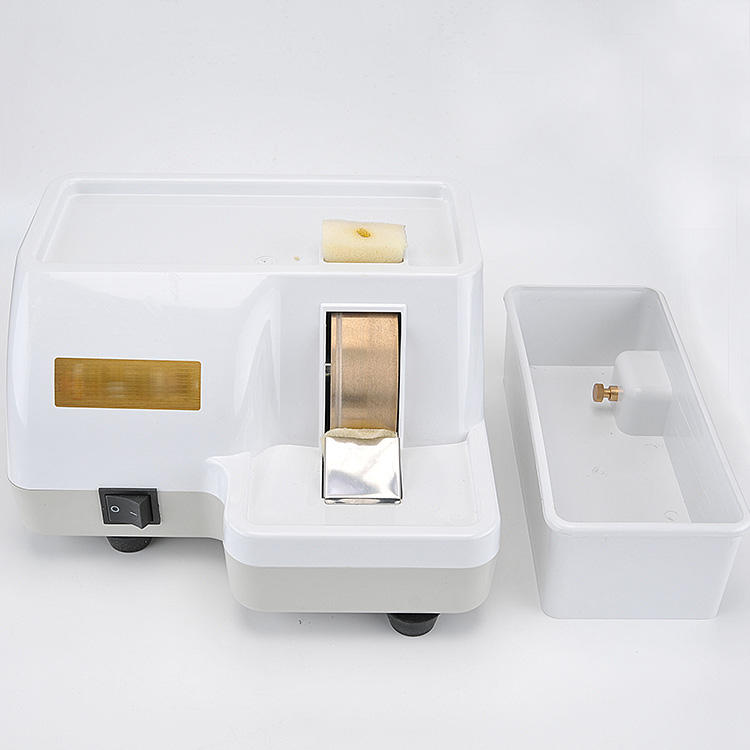The necessity of optometry
For first-time wearers, this step of optometry is necessary, because optometry is not just as simple as helping you
check your degree, it also has many other important factors that determine whether you are suitable to wear contact
lenses, or those It is not allowed. As for the optometry items, our contact lens experts also obtained relevant
information from the hospital:
1. Observe the position of the eyelids to see whether the eyes are symmetrical, whether
the blinking cycle is normal, whether it is complete, and serious eyelids Drooping, incomplete closure of the eyelids,
slow blinking
2. Observe the eyelid skin: check for edema, flushing, lumps and dryness. Eyelid allergies, sty, chalazion
3. Observe eyelashes and eyelid margins: blepharitis (sparse eyelashes, excessive sebum at the eyelashes, and dandruff
and itching), eyelashes inverted, inverted eyelids
4. Lower eyelids Conjunctiva: with or without hyperemia, edema, follicles, stones
5. Upper eyelid conjunctiva: same as lower eyelid conjunctiva. Whether there is hyperemia, edema, follicles, nipple
scars, stones.
6. Bulbar conjunctiva and sclera: presence or absence of hyperemia, edema, blepharoplasty, sclera color: yellow,
possibly hepatitis, biliary tract disease, blue for scleromalacia;
7. Cornea: transparency, presence or absence of new blood vessels, foreign bodies, Vitiligo
8. Iris and pupil: shape and size, bilateral symmetry, reflection to light;
9. Lacrimal puncta: whether there is a strong secretion flow out


